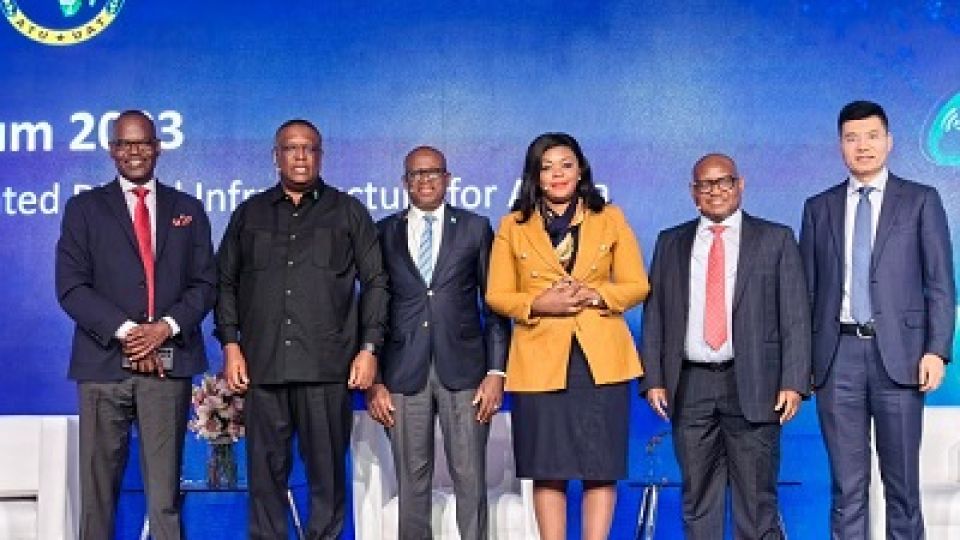from SAVIOUS KWINIKA in Cape Town
Western Cape Bureau
CAPE TOWN, (CAJ News) – AFRICAN countries have made significant accomplishments in digitalisation over the past year.
However, gaps still remain in connecting all people to wireless connectivity technologies in the continent.
This is the observation of Leo Chen, President of Huawei Sub-Saharan Africa, while delivering a keynote address at the Ministerial Forum at the AfricaCom 2023 in Cape Town.
“We are pleased to see that, since last year’s Ministerial Forum, African countries have accomplished a lot in digitalization. We are proud to be part of some success stories,” he said.
Together, we’ve set new records. Over the past year, together with our customers, we have built more wireless sites and fibre to reach more people, cities and rural areas. Together, we’ve reached new heights.”
Last December, Huawei supported the deployment of high-speed internet on Mount Kilimanjaro in Tanzania, which is known as “the roof of Africa.”
“Together, we’ve extended new boundaries. We broke new ground in various industries and scenarios,” Chen said.
Huawei supported South Africa in launching Africa’s first 5G-enabled coal mine. The company helped deploy Nigeria’s first 5G2B case in the education industry.
The latter refers to the application of advanced broadband, artificial intelligence (AI) and Big Data to business.
“These cases speak volumes about countries’ commitment to digitalization,” Chen noted.
To further the success of African countries in digital transformation, Huawei has proposed a One Network, One Cloud approach.
“Beside, let us also bear in mind that a coverage gap still remains in the continent,” Chen said.
“Therefore, it is still important to cover more people through wireless connectivity technologies, such as 4G and 5G, and through rural connectivity solutions.”
These solutions include Huawei’s Rural Star.
For example, in Ghana, Huawei’s Rural Star solution has been used in more than 2 000 remote wireless base stations, providing network coverage to a rural population of 3,5 million, making distance education and telemedicine possible.
– CAJ News

